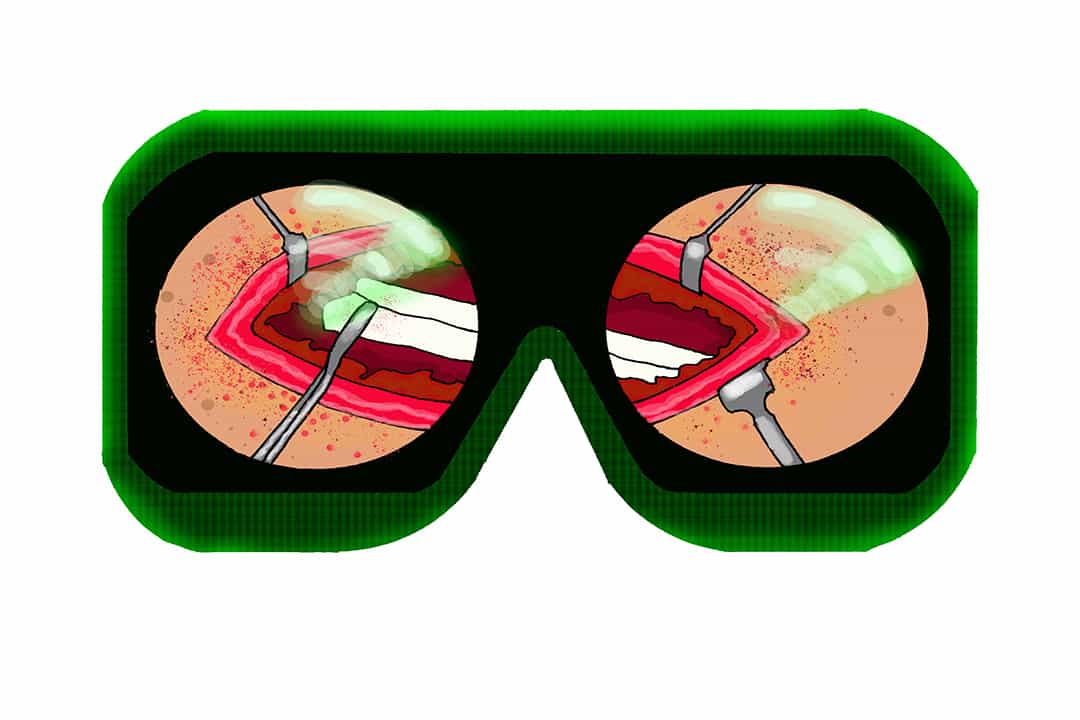Augmented reality could hold promise for improving surgical training, using the Osterhout Design Group (ODG) R-7 Smartglasses, according to a recent study conducted with the University of British Columbia (UBC).
A research team, which included Dr. Neil Chadha, a former fellow at The Hospital for Sick Children in Toronto, recruited staff surgeons and resident trainees to participate in the study at Vancouver General Hospital. Resident trainees used the ODG R-7 Smartglasses to perform a synthetic surgery for educational purposes in the temporal bone cadaver drilling laboratory .
Applying the use of Osterhout Design Group R-7 Smartglasses
One main aspect of the study involved the use of a device to create an augmented reality. For the research team, the decision to use the ODG R-7 Smartglasses was simple.
“The [ODG] already had partners doing research with the R-7 Smartglasses,” said Dr. Michael Yong, a resident physician at UBC’s Faculty of Medicine, and a co-author of the study, in an interview with The Varsity.
In terms of set-up, the research team further believed that the smart glasses would be suitable to the operating room due to their battery life and wear-ability. However, Yong noted that while the maximum two-hour battery life is not currently a concern, it could pose a challenge in the future during clinical situations.
The study’s design and results
The study was completed at Vancouver General Hospital with two supervisors and five resident trainees using the temporal bone cadaver drilling laboratory.
“The temporal bone-drilling lab is… something that every residency program in [otolaryngology, which concerns the ear, nose, and throat] has access to, and so it was an easy place for us to start,” said Yong.
After the trials, the researchers collected comments and a completed survey from the supervisors and residents participating in the study. Many comments recognized the promise of augmented reality in advancing surgical training. However, they also noted areas of improvement with the techniques.
The strongest advantage of the smart glasses was their potential to communicate remotely and exchange editable images with other practitioners. Other reviews of smart-glasses technology have noted applications, including monitoring patient vitals remotely and review patient charts on the go.
Some of the suggested improvements of the teaching experience included better lighting with the glasses, reduced time for images to be processed, and the reduction of connectivity issues. One of the more notable suggestions was to avoid the temporal cadaver bone lab for such, due to drawbacks caused by drilling.
“When you’re drilling the skull, bone dust comes up into the air,” said Yong. “Usually we wear masks and protective goggles, but the R-7 glasses are not designed to be an industrial-grade protective goggles, and so, there’s openings on the sides of it and little spaces here and there, that allow for bone dust to come in.”
Further research is needed to make the use of this technology widespread. However, Yong remarked, “It’s just a matter of getting more institutions to do these kinds of feasibility studies, to do these kinds of tests and get some feedback as to how best we can adapt this rapidly-growing industry technology to surgery… in a useful and efficient matter.”


